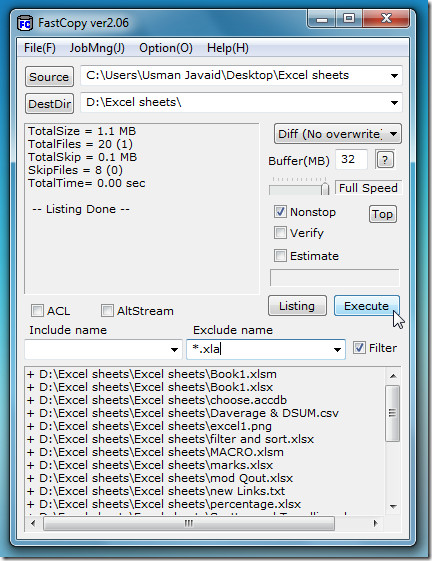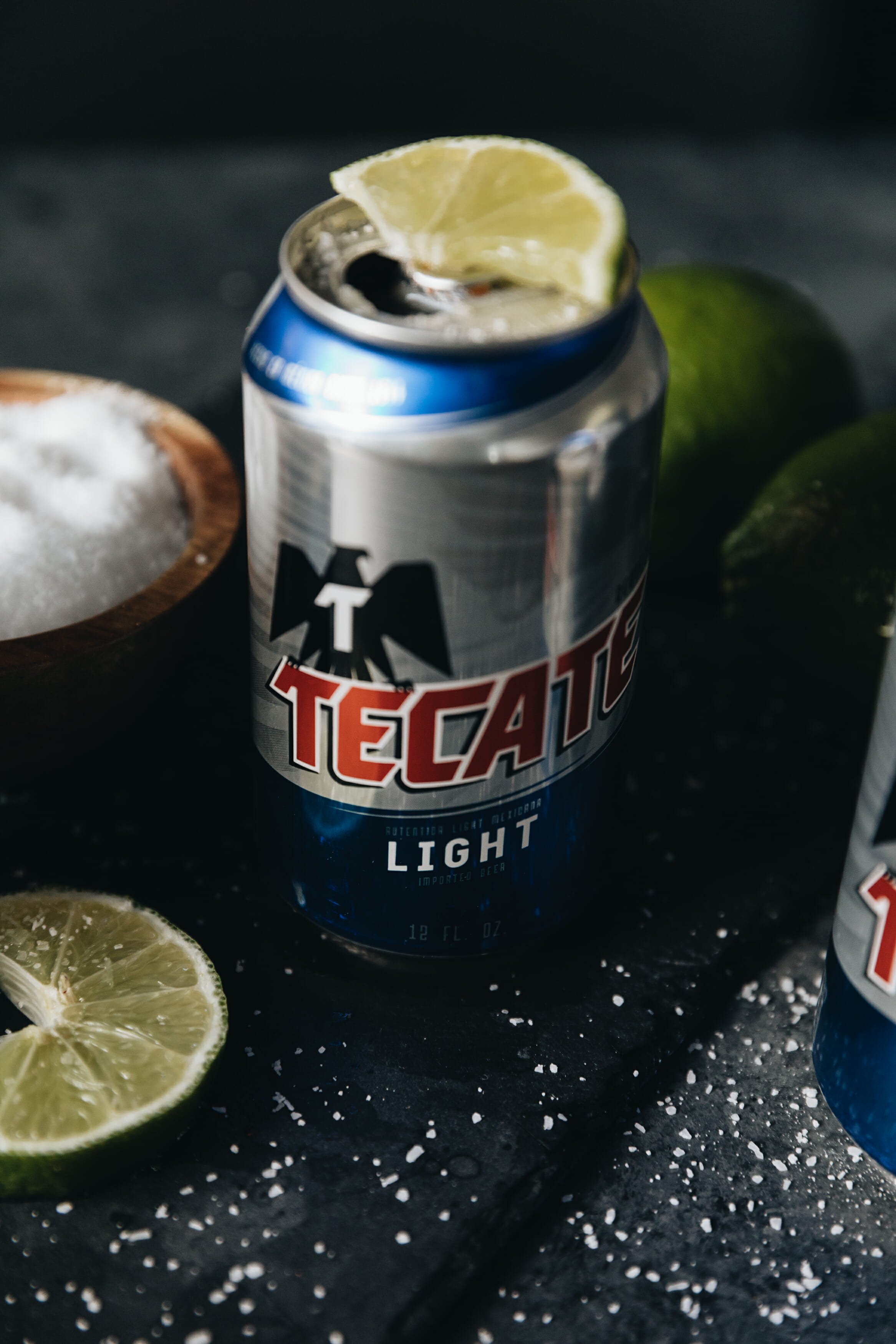

Almost immediately, I had a non-injury minor-moderate collision with another car. Having purchased a daily CHUBB insurance policy through BAJA BOUND, I drove across the border for a dental appointment. This time I did, and it is not a pretty picture: I have driven in Baja many times, but never had to use my Mexican auto Insurance. This review is about the insurance process in Mexico with US agents. I can strongly recommend both Baja Bound and CHUBB. This is by far the best treatment ever received from an agency or insurance company. They even reimbursed the $300 payment (or bribe or. UBB, and the insurance company made me whole by paying for damage sustained to my car. Baja Bound, unbidden on my part, reached out to me to assist.
COPY FAST TECATE UPDATE
The 1986 Kawasaki KXT250 Tecate benefits from having been produced later in the model’s production run.This is an update to my previous review.

The 1986 Kawasaki KXT250 Tecate Shown Here Kawasaki would update the KXT250 later in the 1980s to address all of these concerns, adding a disc on the front, putting the radiator in a more aesthetically pleasing position, and further improving the engine and suspension.

The Dirt Bike magazine review did note a few drawbacks with the Kawasaki – when it was first released it had a front drum brake and a disc rear instead of discs on both ends, it also had the radiator mounted up under the headlight which was ugly (though probably great for cooling). The suspension was upgraded over time, with later models getting 41mm forks and 9.8 inches of front travel. It was fitted with race-capable suspension with 36mm telescopic forks up front providing 8.7 inches of travel, and Uni-Trak rear suspension with 8.3 inches of travel.

The Kawasaki KXT250 was powered by a high-performance, liquid-cooled, two-stroke, single-cylinder engine sending power back through a 5-speed gearbox to the rear wheels. The Kawasaki KXT250 was arguably the main rival of the formerly all-conquering Honda ATC250R. Compared to the other three wheelers of the time it was the equivalent of an F16 dogfighting with a Tiger Moth. The Honda ATC250R had been released in 1981 and it quickly rose to become the most successful off-road racing three-wheeler of the age. The Kawasaki KXT250 is powered by a liquid-cooled two-stroke engine with a displacement of 249cc, power is sent back to the rear wheels via a 5-speed transmission and the trike rides on Uni-Trak suspension.The 1980s would be the era when the three wheel industry peaked, but also the decade when the industry essentially shut itself down in 1988 due to the sheer number of injuries and deaths caused by inexperienced three wheeler riders having accidents.The new Kawasaki shared more than a passing resemblance with the Honda and it had clearly been developed side-by-side with the competing three wheeler to ensure it would be faster.The Kawasaki KXT250 Tecate was released in 1983 as an answer to the all-conquering Honda ATC250R – a racing three wheeler that dominated competition across the country.In the early-to-mid-1980s the ATC250R was the king of three wheeler racing across the USA and around the world and Kawasaki wanted to knock them off their perch. Kawasaki built the KXT250 as an answer to the dominant Honda ATC250R. This is undoubtedly the best example of the Kawasaki KXT250 Tecate we’ve seen come up for sale in recent memory, it’s been through a careful restoration and now looks just as it did on the dealer’s showroom floor back in 1986.


 0 kommentar(er)
0 kommentar(er)
